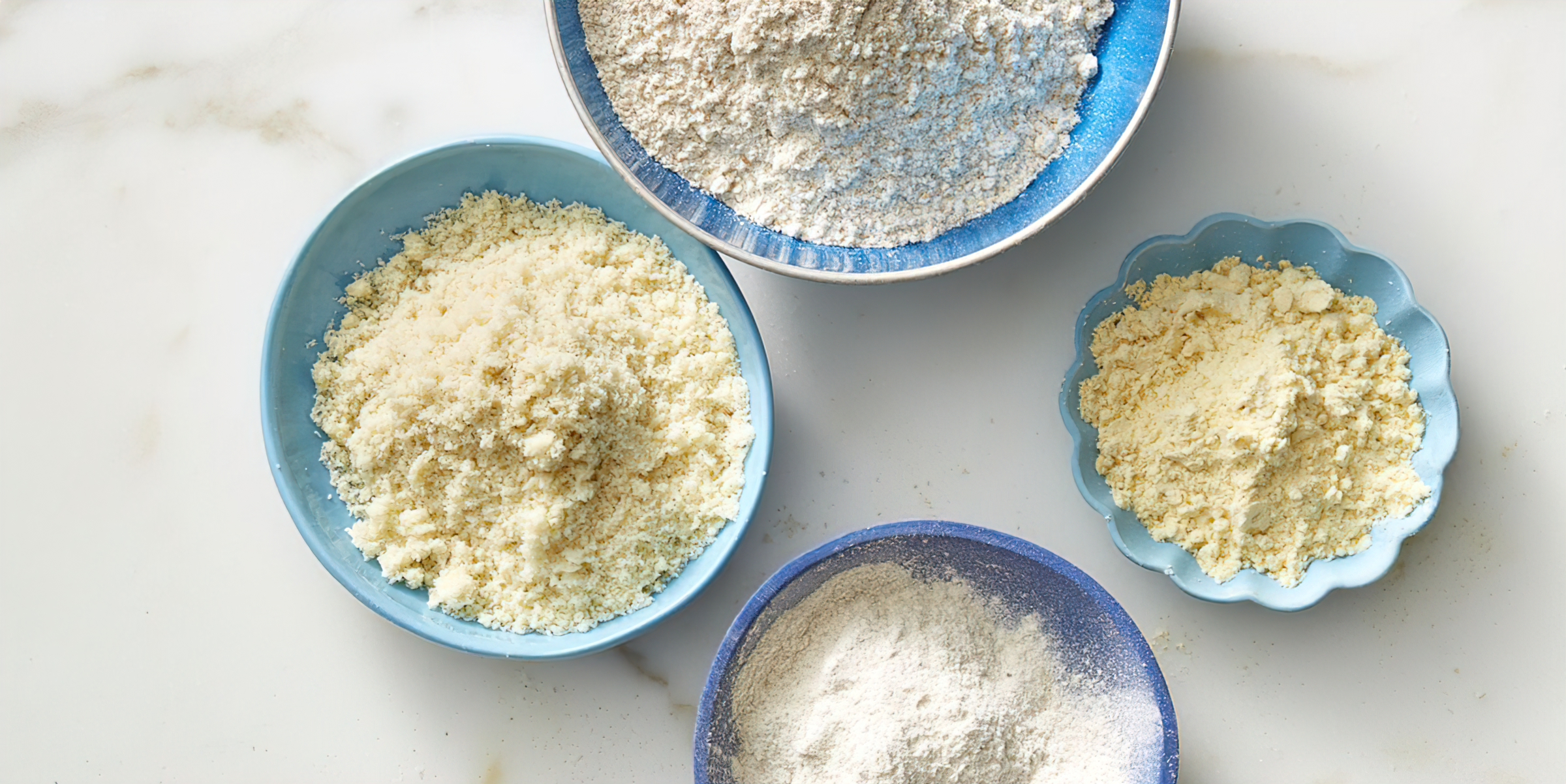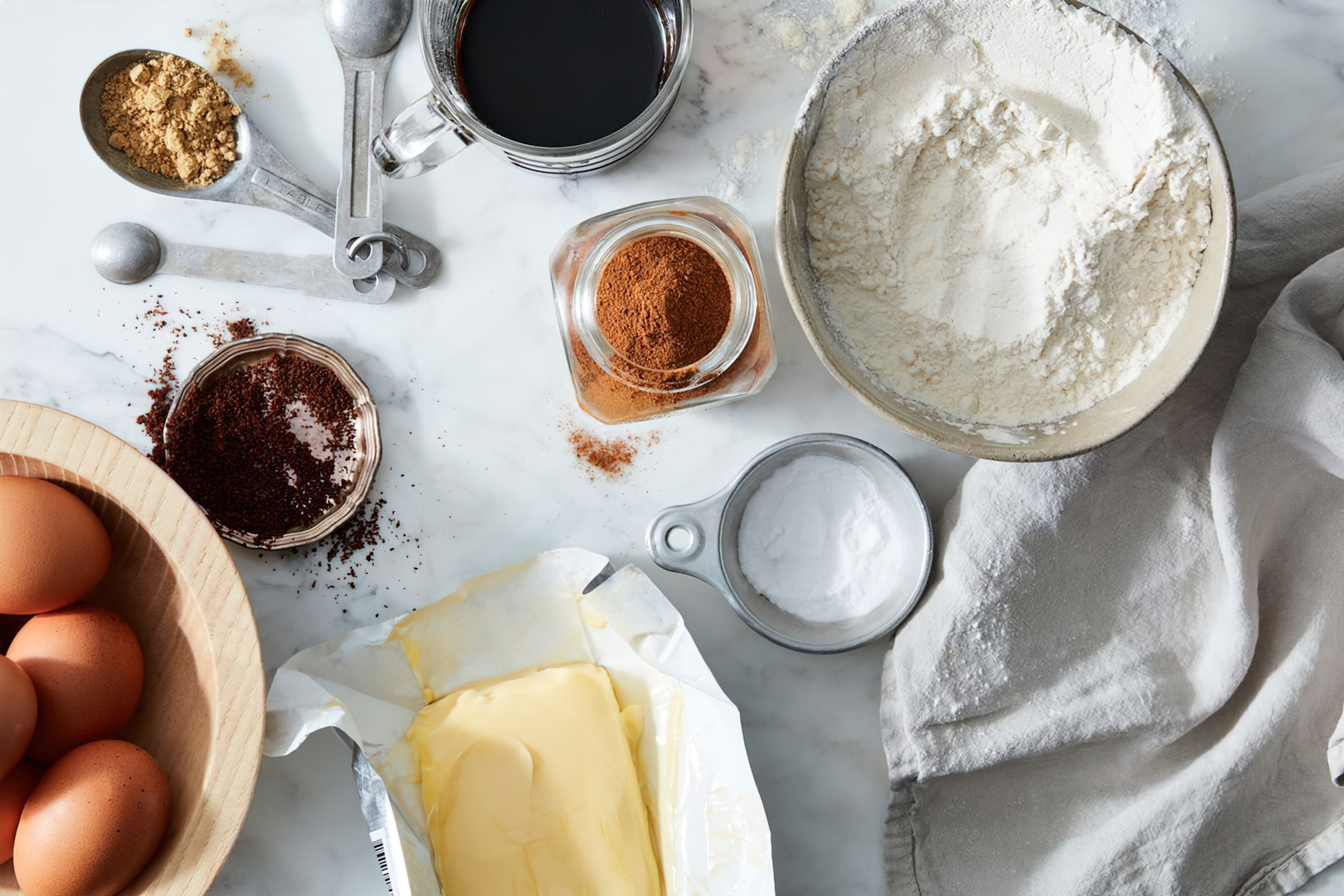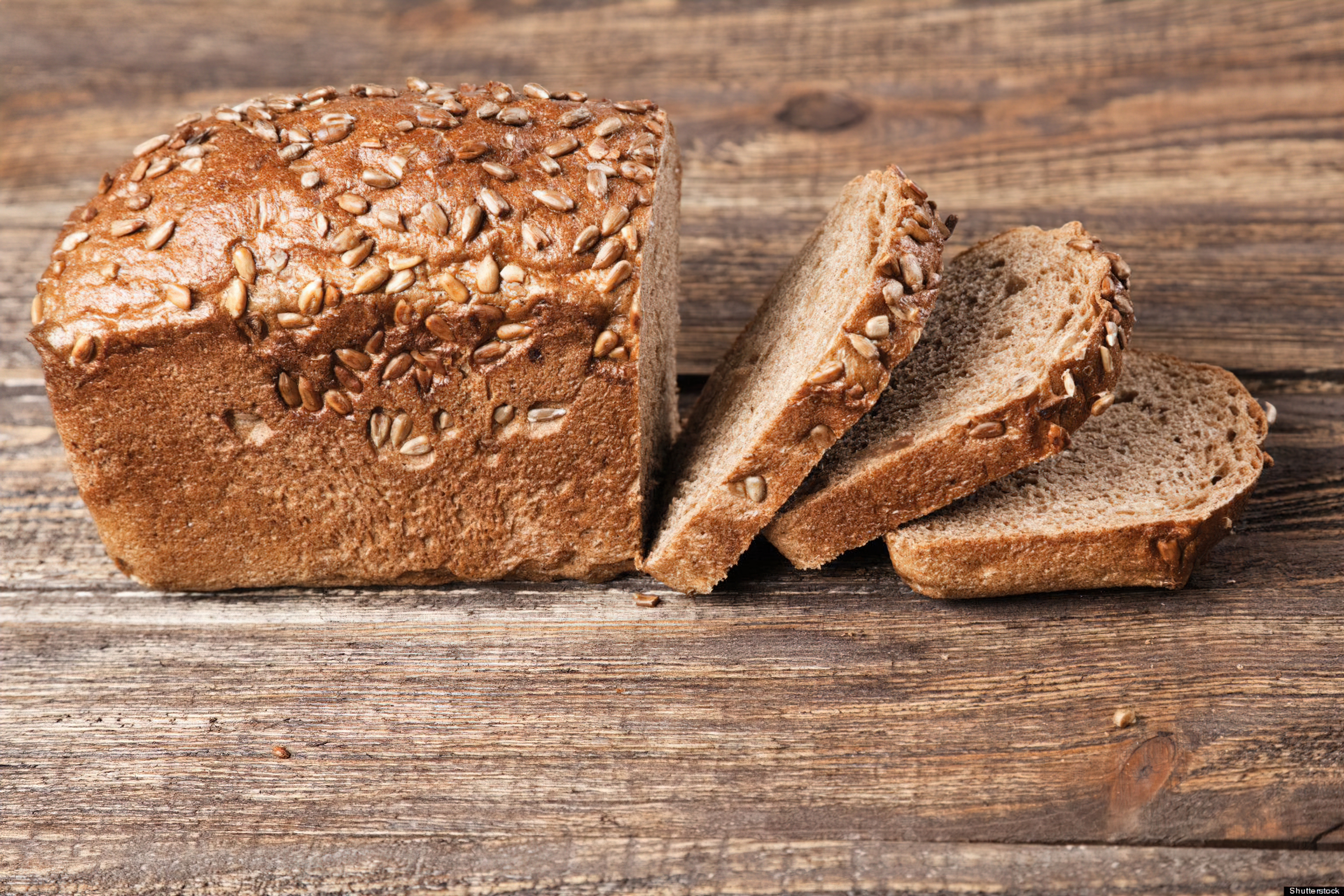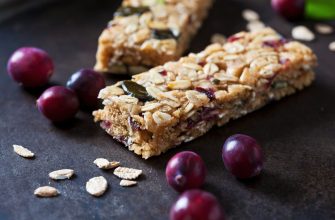Baking can be both fun and rewarding, but sometimes it can be a challenge to find healthier alternatives to traditional baking ingredients. This article will provide you with tips on how to make your baking healthier without sacrificing taste or texture. We will cover the best substitutions for common ingredients and provide guidance on how to incorporate them into your favorite recipes.
-
Content
Flour Substitutes

Whole wheat flour: One of the easiest ways to make your baked goods healthier is to replace all-purpose flour with whole wheat flour. Whole wheat flour contains more fiber, protein, and nutrients than its refined counterpart. Substitute equal amounts of whole wheat flour for all-purpose flour in your recipes.
Almond flour: Almond flour is a great gluten-free option for those looking to reduce their carbohydrate intake. It’s made from ground almonds, making it high in protein and healthy fats. Replace 1 cup of all-purpose flour with 1/4 to 1/3 cup of almond flour in your recipes.
Oat flour: Another excellent gluten-free option, oat flour adds a rich, nutty flavor to your baked goods. It’s high in fiber and protein, making it a nutritious choice. To use oat flour, substitute it for all-purpose flour in a 1:1 ratio.
-
Healthier Sweeteners
Honey: Honey is a natural sweetener that can replace white sugar in many recipes. It has a lower glycemic index, which means it won’t spike your blood sugar levels as quickly as white sugar. To substitute honey for sugar, use 3/4 cup of honey for every 1 cup of sugar and reduce the liquid in your recipe by about 1/4 cup.
Maple syrup: Like honey, maple syrup is a natural sweetener with a lower glycemic index than white sugar. It adds a delicious, distinct flavor to your baked goods. Replace 1 cup of sugar with 3/4 cup of maple syrup and reduce the liquid in your recipe by 3 tablespoons.
Stevia: Stevia is a zero-calorie sweetener derived from the leaves of the Stevia rebaudiana plant. It’s much sweeter than sugar, so use it sparingly. Replace 1 cup of sugar with 1 teaspoon of liquid stevia or 1/3 to 1/2 teaspoon of stevia powder.
-
Healthier Fats

Applesauce: Unsweetened applesauce can replace butter or oil in many recipes, reducing the overall fat content of your baked goods. Replace half the fat in your recipe with an equal amount of applesauce for a healthier option.
Greek yogurt: Greek yogurt is an excellent source of protein and can replace some of the fat in your baking. Substitute half the fat in your recipe with an equal amount of Greek yogurt.
Avocado: Avocado is a healthy source of monounsaturated fats and can replace butter in many recipes. Replace half the butter with an equal amount of mashed avocado.
-
Additional Tips for Healthier Baking
- Add fruits, nuts, and seeds to your baked goods for added nutrients and texture.
- Use dark chocolate chips instead of milk chocolate for a healthier treat.
- Experiment with spices, such as cinnamon or nutmeg, to enhance flavors without adding extra sugar.
- Opt for smaller portion sizes to enjoy your favorite treats in moderation.
-
Egg Substitutes

Flaxseed meal: Flaxseed meal mixed with water creates a gel-like consistency that works well as an egg substitute in baked goods. It’s also high in fiber and omega-3 fatty acids. To replace one egg, mix 1 tablespoon of flaxseed meal with 3 tablespoons of water and let it sit for a few minutes before adding it to your recipe.
Chia seeds: Similar to flaxseed meal, chia seeds can be used as an egg substitute when mixed with water. They’re packed with nutrients, including omega-3 fatty acids and fiber. To replace one egg, mix 1 tablespoon of chia seeds with 3 tablespoons of water and let it sit for about 15 minutes before using.
Applesauce: Applesauce can also work as an egg substitute, providing moisture and a slight sweetness to your baked goods. Replace one egg with 1/4 cup of unsweetened applesauce in your recipe.
-
Healthier Dairy Substitutes
Almond milk: Almond milk is a dairy-free alternative that can be used in place of cow’s milk in most baking recipes. It’s low in calories and contains healthy fats. Replace cow’s milk with an equal amount of almond milk in your recipes.
Coconut milk: Coconut milk is another dairy-free alternative that adds a rich, creamy texture to your baked goods. It’s high in healthy fats and can be used in place of cow’s milk in a 1:1 ratio.
Cashew cream: Cashew cream is made by blending soaked cashews with water until smooth. It’s a versatile dairy substitute that can replace heavy cream or sour cream in recipes. To make cashew cream, blend 1 cup of soaked cashews with 1/2 to 3/4 cup of water until smooth.
-
Use Whole Grains

Incorporating whole grains into your baking can improve the nutritional profile of your recipes. Whole grains are high in fiber, vitamins, and minerals. Some whole grains to consider using in your baking include:
- Quinoa: This gluten-free seed can be used in place of rice or couscous in recipes or ground into flour for baking.
- Barley: Barley can be used in bread, muffins, and cookies to add a chewy texture and a nutty flavor.
- Brown rice: Brown rice can be used in place of white rice in recipes or ground into flour for baking.
-
Experiment with Herbs and Spices
Using herbs and spices in your baking can add flavor without the need for added sugars or unhealthy fats. Consider incorporating these herbs and spices into your recipes:
- Cinnamon: Cinnamon can add warmth and sweetness to your baked goods without the need for extra sugar.
- Ginger: Fresh or ground ginger can add a spicy kick to your recipes.
- Mint: Fresh mint leaves can be used to add a refreshing flavor to your baked goods.
In conclusion, making healthier choices in your baking ingredients can lead to more nutritious and delicious treats. Don’t be afraid to experiment with new ingredients and techniques to find what works best for your personal taste preferences. Enjoy your healthier baking journey!

